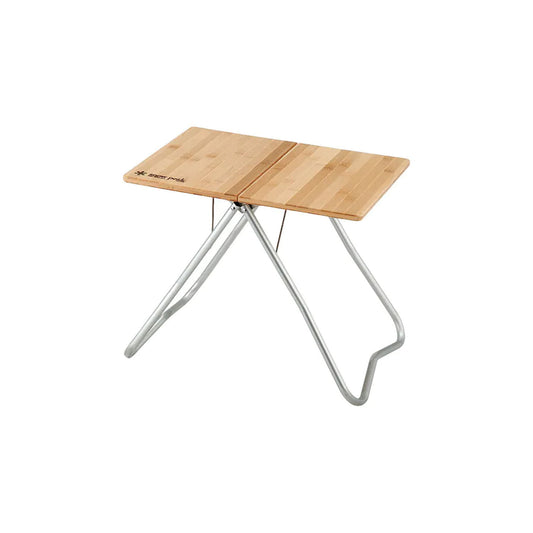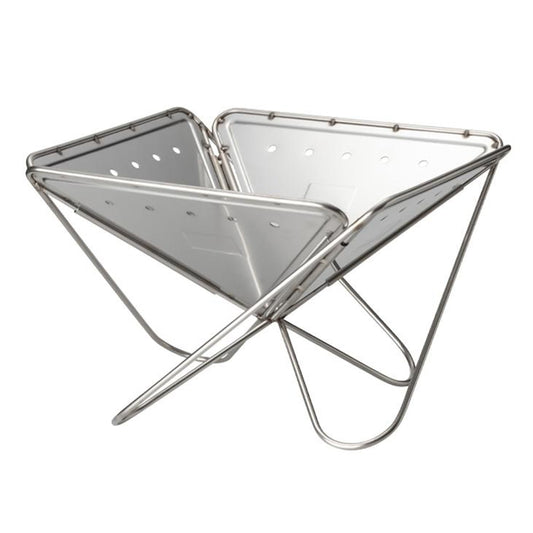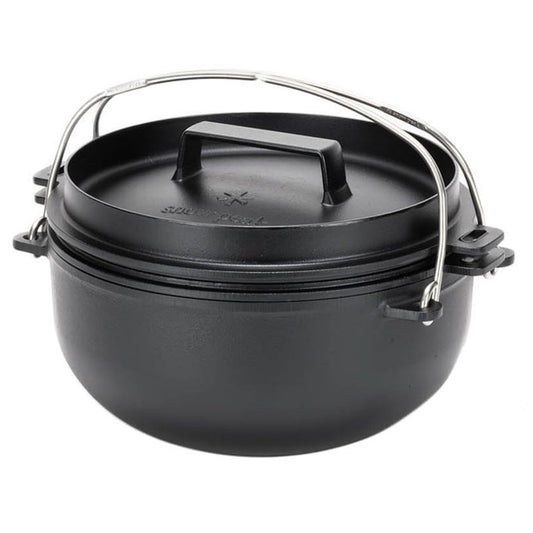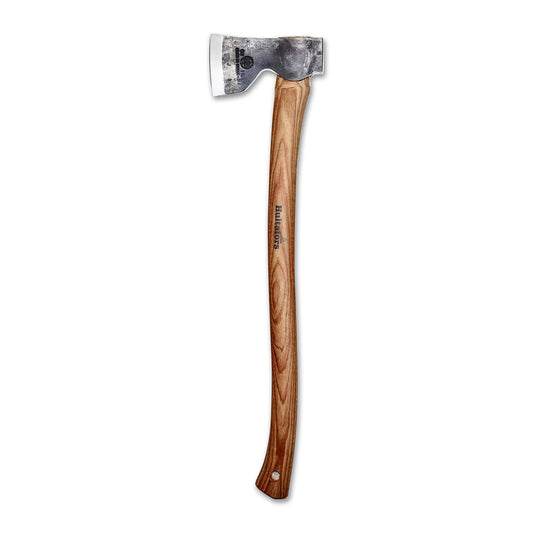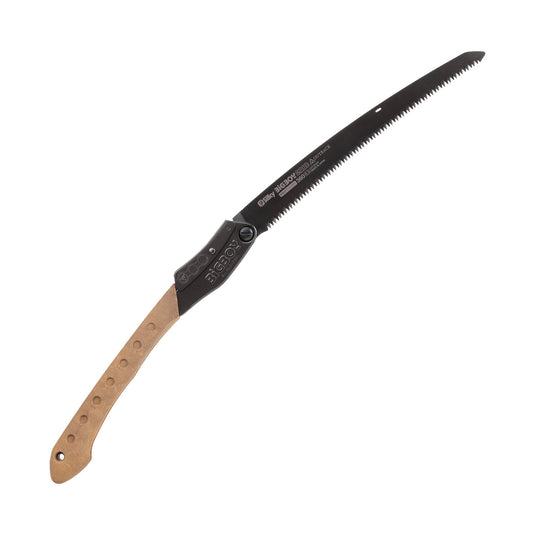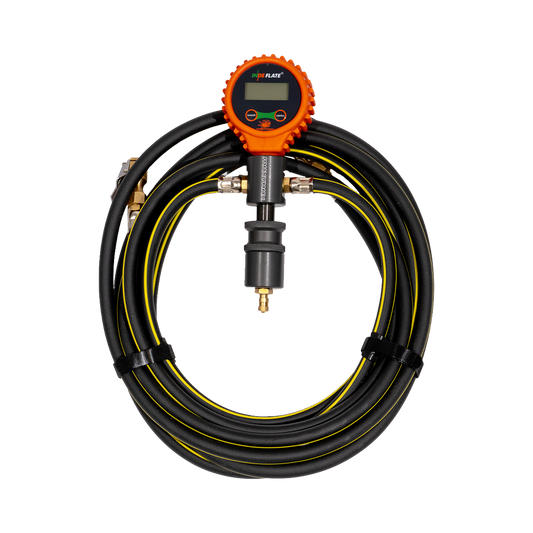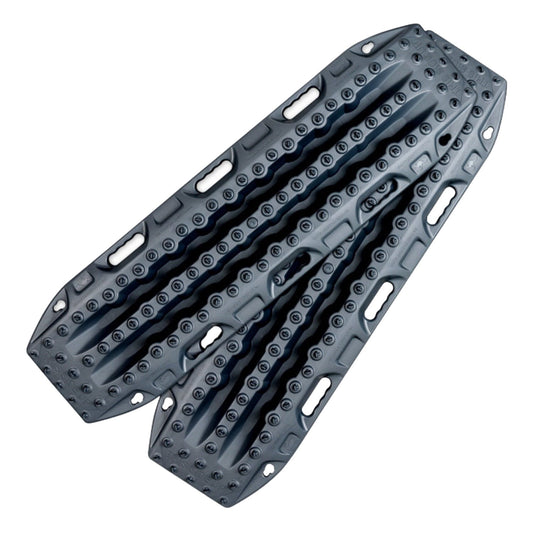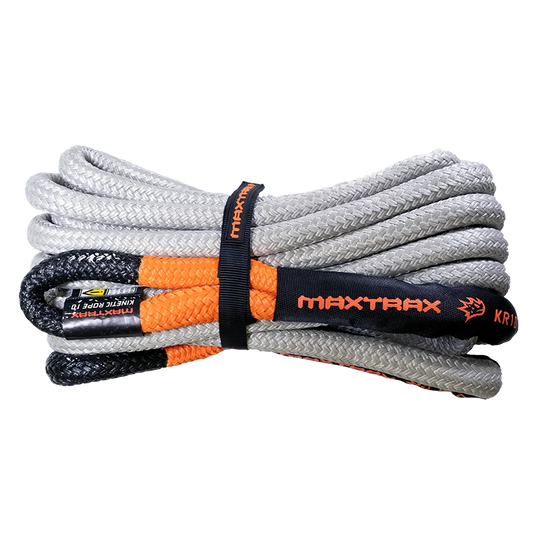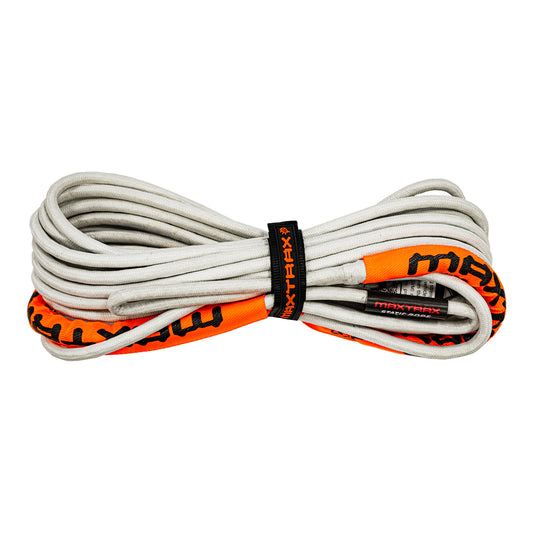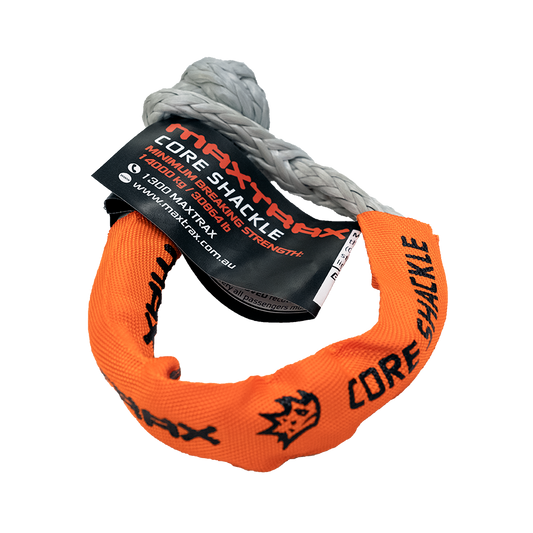Cape Range National Park lies within the UNESCO Ningaloo Coast World Heritage Area. The vibrant blue waters and rugged gorges are stunning and offer incredible options to enjoy and explore.

We arrived at Cape Range National Park after exploring the Kennedy Range National Park and relaxing seaside for a week at Warroora Station at the Ningaloo Reef’s Southern end.

Ningaloo Reef is the largest fringing coral reef in the world. It snakes spectacularly for 300 kilometres from Quobba Station in the south, northwards by Gnaraloo, Warroora, Coral Bay, Ningaloo Station, Cape Range National Park and finally up to the Muiron Islands.
Time spent anywhere along the Ningaloo Reef is exceptional, and it’s no surprise that this coastline is on the UNESCO World Heritage List, one of just three sites in Western Australia.
We set up base camp at North Mandu for our stay in Cape Range National Park. It’s a smaller, quieter campsite, plus it’s close to some good hikes and snorkelling.


Snorkelling
The snorkelling along the Ningaloo Reef is world-class. For our first dip, we headed to nearby Turquoise Bay. It’s a stunning beach, and we were relatively early, which meant there was no breeze and few people.

At Turquoise Bay, there is gentle south to north current, so we walked down the beach before masking up and plunging in. Floating with the current, we were barely 50m out when we came across a beautiful giant turtle resting on the bottom about two metres below us. We swam against the current to spend some time observing – it was amazing!

Microlight Flying
Gen and I had no intention of heading up in microlights but spotted them soaring above the reef and became curious. We found out that a company called Birds Eye View Ningaloo ran tours and made a booking.

For the tours, they use two seated microlight aircraft: a pilot and the passenger in each. For our flight, it was two aircraft flying in convoy.
We took off from a small runway south of Exmouth before flying west over the Cape Range National Park. The range is stunning from ground level, but it’s something else again from above.


We’ve been lucky enough to fly in small planes and helicopters without doors, but the feeling of flying in the microlights was the best. While there is an engine, it’s quieter, plus you’re out in the wind, and the views are almost unobstructed in every direction.

The pilots crossed the range at Mandu Mandu Gorge and swooped over our campsite and then out over the reef.

Above Ningaloo Reef, it was as if our pilots were experiencing the view for the first time; it seemed they almost loved it as much as us. They spotted turtles, rays, sharks, dolphins and would circle low for a closer look before climbing to see what was further ahead.
We spotted more during our flight than the rest of our stay, and as we touched down at the end of our flight, neither Gen nor I could wipe the smile from our faces.

Tragically, we learned that one of our pilots was killed a few weeks ago during a personal flight. Our thoughts go to his friends and family.
While it’s not yet known what caused the crash, microlights have a solid safety record. During our flight, the pilots explained the safety measures they took, for example, flying high across the range to allow distance to glide to safety on either side in the event of an engine failure. These are professional operators, we felt very safe, and we appreciate the incredible experience they created for us.

Whale Sharks
On this trip, we were outside of the whale shark season. The last time we visited was in season, but our tour had no luck finding whale sharks. That day on the water was still fun; we swam with giant manta rays and spotted up close the elusive dugong. We’ll be back to spend time with whale sharks, finally.
Sea Kayaking & Surfing
Being a fringing reef means the inside waters are shallow but protected. It’s a great place for a day or multi-day sea kayak trips. There’s also surfing at Yardie Creek, Wobiri and Dunes.
We had a week of solid wind during this visit, so the sea kayak stayed strapped to the roof rack. I did manage to sneak in a gentle surf at dunes, and our other good wind periods, we returned to Turquoise Bay and Oyster Stacks for more snorkelling.
Hikes
Hiking up Yardie Creek gives stunning views right up the gorge and back across the Ningaloo Reef. There’s a permanent pool in the creek, and on previous trips, we’ve sea kayaked up, and it would be fun to paddle up on a SUP too.

Back near our camp at North Mandu is another fun hike up Mandu Mandu Gorge. The walk loops up the gorge floor before climbing steeply to the ridge above. The views back through the gorge and across the reef are worth the sweat! It’s a gentler hike back as the track winding its way along the ridgeline and down.

There are other short hikes on both sides of the range, and for experienced and prepared hikers, it’s possible to cross the range over several days, but this is an off-track option that requires strong navigation skills.
Exploring
On the eastern side of Cape Range National Park, Charles Knife Road and Shothole Canyon Road are both stunning and are worth exploring.
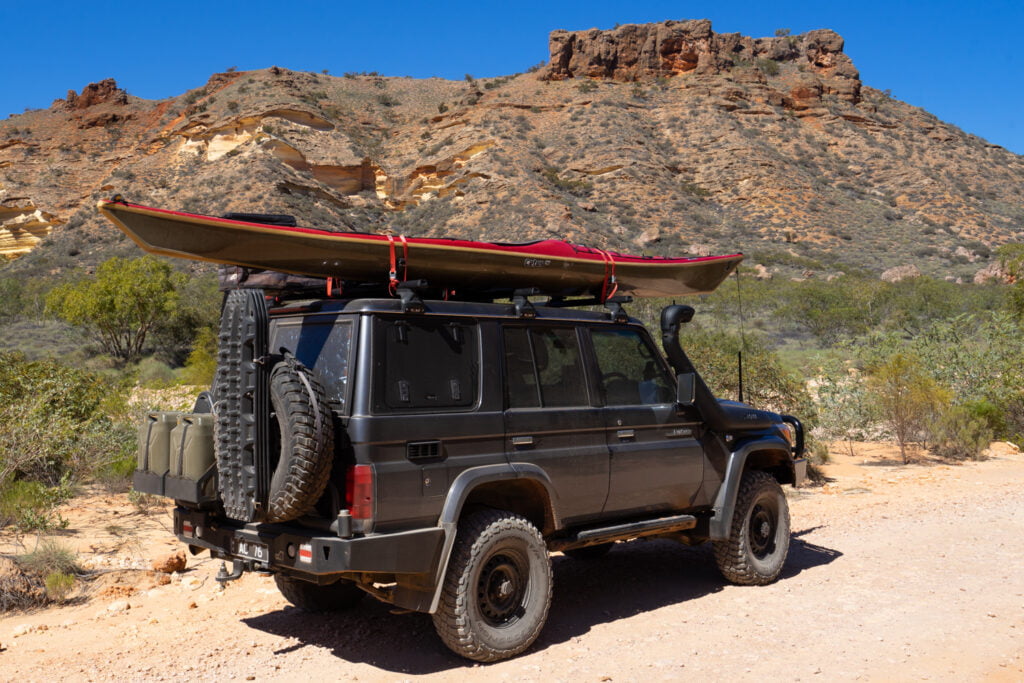


Where is Cape Range National Park?
Cape Range National Park lies approximately 1,100 kilometres north of Perth. Exmouth is the nearest town, and most travellers will pass through here on the way to the park.

Camping in Cape Range National Park
The Parks & Wildlife Service manages the camping in the park via an online booking system (search Cape Range National Park). There are eleven campsites to choose from: North Kurrajong, Kurrajong, North Mandu, Osprey Bay, Bungarra, Tulki Beach, Yardi Creek, One K, Boat Harbour, Mesa and Neds.




